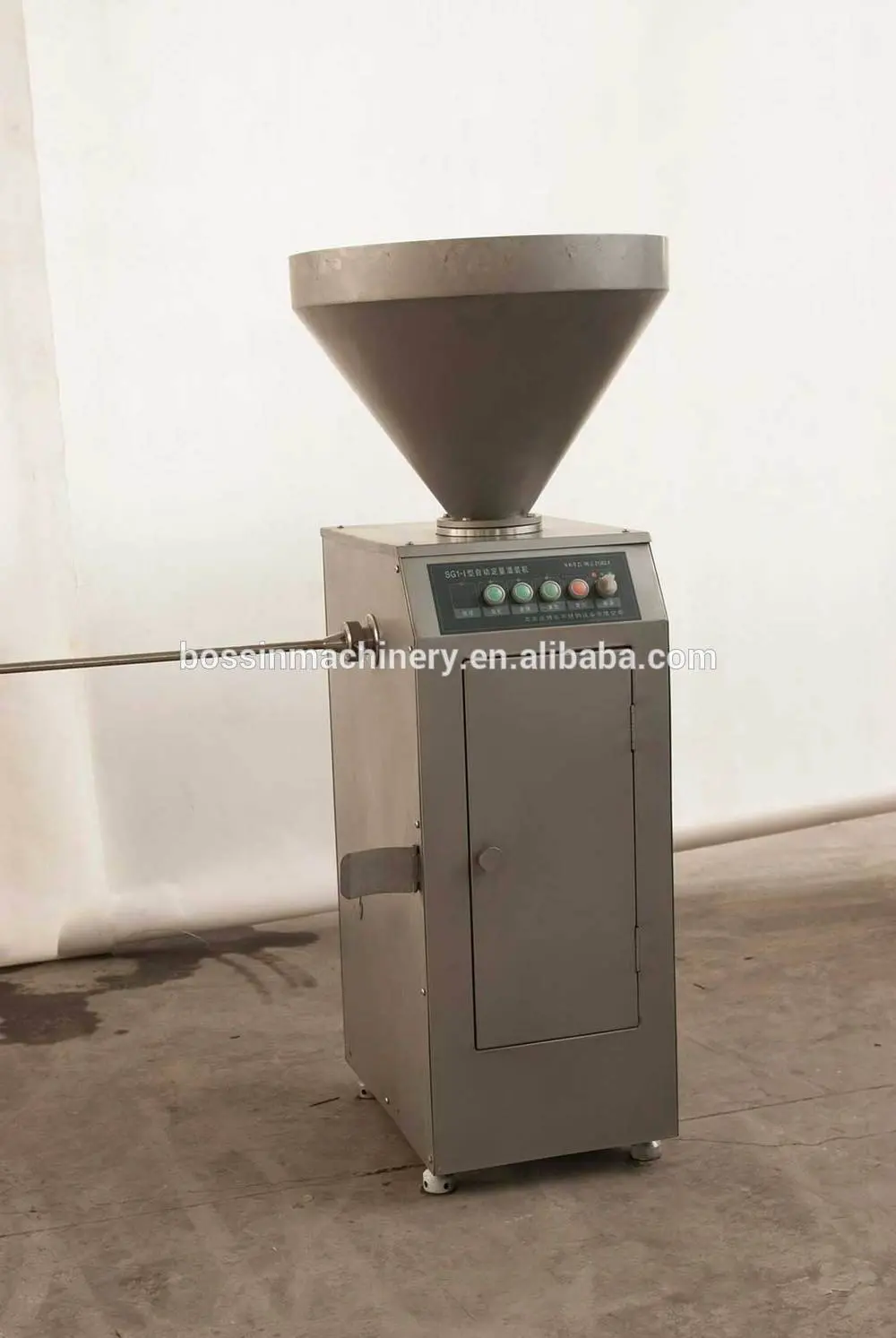
Dec . 25, 2024 02:43 Back to list
Innovative Device for Streamlining Materials in Manufacturing Processes
The Evolution and Importance of Flattening Machines in Modern Manufacturing
In an era where efficiency and precision are paramount, flattening machines have emerged as an essential tool in various manufacturing sectors. These machines play a crucial role in processing materials to ensure they meet specific dimensional tolerances and surface quality requirements. This article explores the mechanics, applications, and significance of flattening machines in modern manufacturing.
Understanding Flattening Machines
Flattening machines are specialized equipment designed to reduce the thickness of materials, remove warps, and ensure flatness. They are widely used in industries such as metalworking, woodworking, and plastic fabrication. The core functionality of these machines involves passing materials through a series of rollers that exert pressure, thereby compressing and evening out the surface. The use of hydraulic or mechanical systems allows for the adjustment of pressure to accommodate a variety of materials and thicknesses.
Types of Flattening Machines
There are several types of flattening machines, each suited for specific applications
. Among the most common are1. Roller Flattening Machines These machines use two or more rollers to compress the material. The distance between the rollers can be adjusted to manage the thickness of the material being processed.
2. Planers Often used for wood, planers are designed to shave off material until the desired flatness and thickness are achieved. They are crucial in woodworking shops for preparing lumber.
3. Hydraulic Presses These machines apply even pressure across the surface of the material, making them ideal for achieving flatness in thicker metals and composite materials.
4. CNC Flattening Machines With the advancement of technology, CNC (Computer Numerical Control) machines have been developed that can automate the flattening process with high precision, often incorporating additional functionalities such as cutting and milling.
Applications Across Industries
flattening machine

Flattening machines find applications across various industries, highlighting their versatility and importance.
- Metal Fabrication In the metalworking industry, maintaining the integrity and flatness of metal sheets is crucial for subsequent processes such as welding and assembly. Flattening machines ensure that metals are free from distortions that could compromise structural integrity.
- Woodworking For woodworking industries, planers are essential for creating perfectly flat surfaces on lumber. This flatness is vital for furniture making and cabinetry, ensuring pieces fit together well and maintain aesthetic appeal.
- Plastic and Composite Manufacturing Flattening machines are also used in the production of plastic sheets and composite materials, ensuring they meet strict tolerance levels for applications in sectors like automotive and aerospace.
- Textile Manufacturing In textiles, flattening machines help in processing fabrics, ensuring they are free from wrinkles and uneven surfaces which could affect further processing and quality.
The Importance of Precision and Quality
The significant role of flattening machines in achieving precision cannot be overstated. In industries where even minor deviations can lead to product failure or inefficiencies, these machines serve as critical checkpoints in the manufacturing process. The consistency in flatness they provide leads to better fitting parts, reduced waste, and improved overall quality of the final product.
Technological Advancements
As technology evolves, so too do flattening machines. The integration of automation and advanced sensors is making these machines more efficient and user-friendly. Operators can now monitor the flatness and thickness of materials in real time, enabling quick adjustments and reducing the chances of human error. Moreover, advancements in machine learning and artificial intelligence are paving the way for predictive maintenance, ensuring machines operate at peak performance while minimizing downtime.
Conclusion
Flattening machines are indispensable tools in modern manufacturing that contribute significantly to the overall efficiency and quality of products across various industries. With continuous advancements in technology, these machines will likely become even more sophisticated, further enhancing their relevance and importance in the manufacturing landscape. Understanding and investing in flattening technology will thus remain a key focus for manufacturers aiming for precision, efficiency, and quality in their operations.